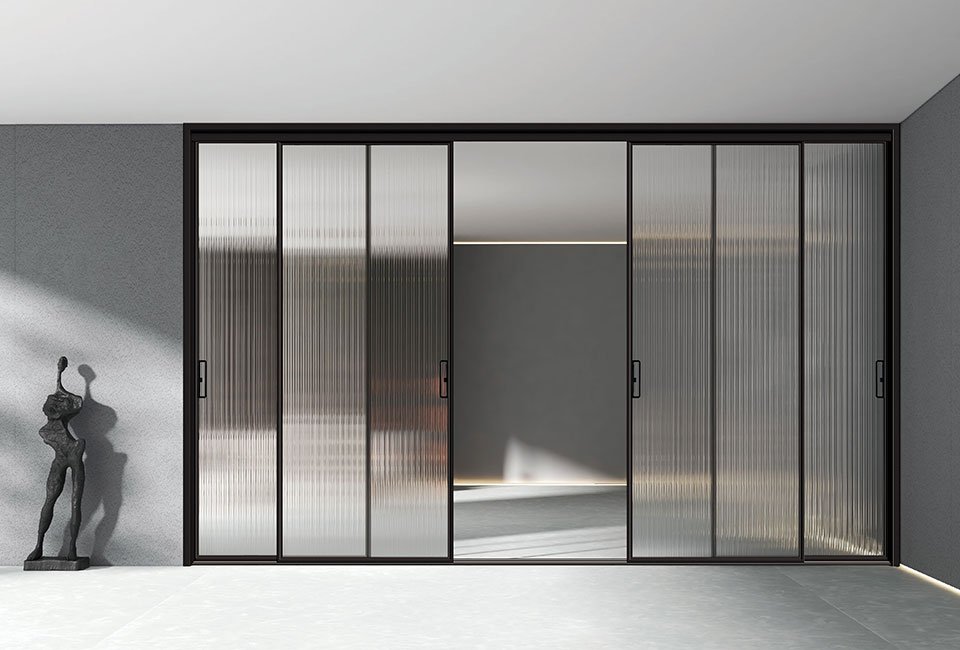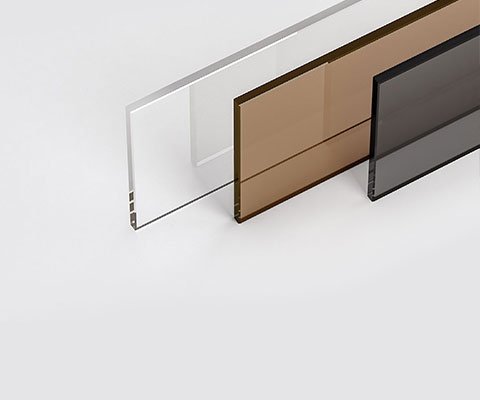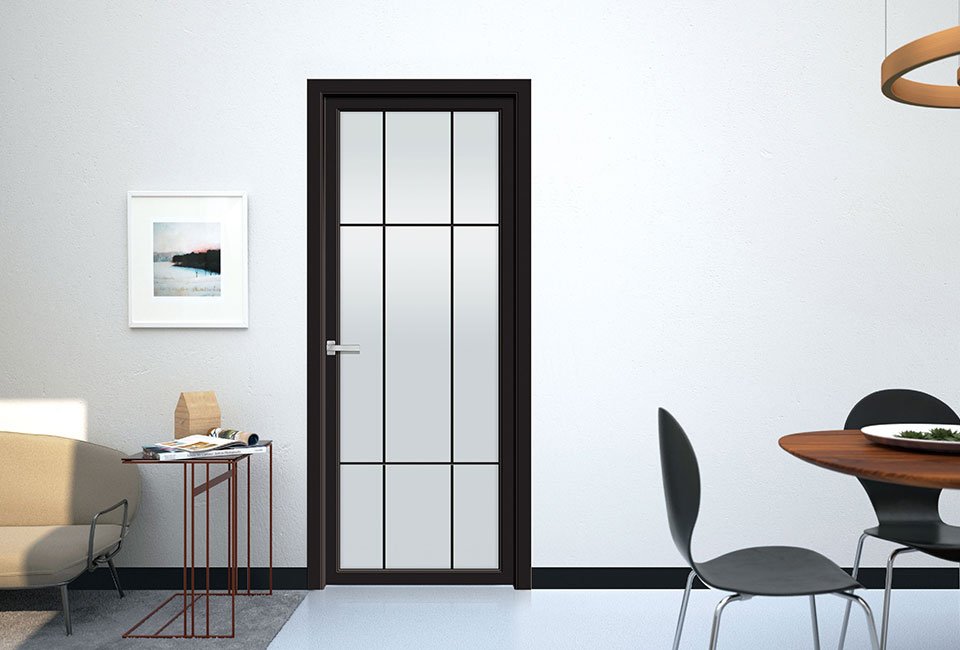Sliding doors are a modern, space-efficient solution for both residential and commercial spaces. They offer clean lines, ease of use, and a seamless connection between indoors and outdoors. This guide will cover the key elements of sliding doors, including system options, multi-slide and lift-and-slide variations, materials, glazing, and style choices. By understanding these basics, architects and designers can select the best sliding doors for their projects.
1. Sliding Door System Options
Sliding door systems are designed to provide flexibility, ease of operation, and aesthetic appeal. Here are the main types of sliding door systems:
- Traditional Sliding Doors: Consist of two or more panels, where one panel slides along a track over a fixed panel. These are commonly used for patios and interior spaces where door swing clearance is limited.
- Multi-Slide Doors: These systems feature multiple panels that stack or slide into pockets, offering wide, unobstructed openings. They are ideal for large spaces, providing a panoramic view and seamless indoor-outdoor transitions.
- Lift-and-Slide Doors: In this system, the door panel is lifted off the track before sliding, allowing for smoother operation and tighter seals when closed. Lift-and-slide doors are perfect for large, heavy panels and offer superior insulation and security compared to traditional sliding doors.
Each system has its own advantages in terms of performance, ease of use, and space optimization, making it essential to choose the right one based on the specific needs of your project.


2. Multi-Slide Doors
Multi-slide doors are an advanced type of sliding door system designed to maximize the size of the opening. They allow for multiple panels to slide along a track, stacking together or disappearing into a wall pocket to create a wide, uninterrupted transition between indoor and outdoor spaces.
Advantages of Multi-Slide Doors:
- Large Openings: Multi-slide doors can span the entire length of a wall, creating a truly expansive opening that is perfect for panoramic views or creating a flow between outdoor patios and interior living spaces.
- Flexible Configurations: These doors can be configured to open from the center, stack to one side, or disappear entirely into wall pockets, depending on the architectural design.
- Smooth Operation: High-quality rollers and tracks ensure that multi-slide doors operate effortlessly, despite their large size.
Ideal Applications:
- Residential homes with expansive patios, gardens, or pool areas.
- Commercial spaces like restaurants or hotels that want to create open-air dining or entertainment areas.
- Indoor event spaces requiring flexible layout options for different occasions.


3. Lift-and-Slide Doors
Lift-and-slide doors take the traditional sliding door concept to a new level by offering greater ease of movement, superior weatherproofing, and enhanced security. With the lift-and-slide system, the door panel is lifted off the track when the handle is turned, allowing it to glide smoothly along the track.
Key Features of Lift-and-Slide Doors:
- Smooth Gliding: The lifting mechanism makes it easy to move large, heavy doors with minimal effort. This is especially useful for oversized glass panels.
- Tight Seals: When the handle is turned to lower the panel, it creates an airtight and watertight seal, making lift-and-slide doors ideal for areas exposed to extreme weather conditions.
- Increased Security: These doors often come with advanced locking mechanisms, providing superior protection against forced entry.
Ideal Applications:
- High-end residential projects where energy efficiency, security, and luxury are priorities.
- Commercial buildings or hotels located in areas with harsh weather conditions, ensuring superior insulation and performance.
4. Materials and Glazing
The choice of materials and glazing significantly impacts the performance, durability, and aesthetic appeal of sliding doors. Common materials used in sliding door frames include:
Materials:
- Aluminum: Lightweight, durable, and resistant to corrosion, aluminum is a popular choice for modern sliding doors. It offers a sleek, minimalist look and can be powder-coated in various colors. Aluminum frames are often used for large glass doors in contemporary designs.
- Wood: Wooden frames provide a classic, warm aesthetic and excellent insulation. They are often used in traditional or rustic settings but require regular maintenance to protect against weathering.
- Vinyl: Vinyl is a cost-effective, low-maintenance material that provides good insulation. It is often used in residential sliding doors but may lack the high-end appeal of other materials.
- Fiberglass: Fiberglass is strong, durable, and resistant to warping and corrosion, making it ideal for harsh climates. It can also mimic the appearance of wood while requiring less maintenance.
Glazing Options:
- Double or Triple Glazing: Adding layers of glass increases thermal insulation, reduces energy costs, and improves soundproofing. Double and triple glazing are common in energy-efficient sliding doors.
- Low-E Glass: Low-emissivity (Low-E) glass has a special coating that reflects heat, keeping interiors cooler in the summer and warmer in the winter. This is an excellent choice for energy-efficient designs.
- Tinted Glass: Tinted glass reduces glare and UV exposure, making it suitable for areas with direct sunlight.
- Laminated or Tempered Glass: For enhanced safety and security, laminated or tempered glass is often used in sliding doors. These types of glass are shatter-resistant, making them ideal for high-traffic areas or locations prone to extreme weather.


5. Style and Design Options
Sliding doors are highly customizable and can be designed to complement a wide range of architectural styles. Here are some design considerations:
Frame Finishes:
Sliding door frames come in a variety of finishes, from sleek aluminum to classic wood. The choice of finish can dramatically alter the overall look of the door. For a modern, minimalist design, opt for slim aluminum frames with large glass panels. For a more traditional or rustic aesthetic, wooden frames with decorative detailing can add warmth and charm.
Configurations:
- 2-Panel Sliding Doors: Ideal for smaller spaces or rooms where you want a simple, elegant sliding mechanism.
- 4 or More Panels: For larger openings, multi-panel configurations can be used to create a broader transition between spaces.
- Corner Sliding Doors: These unique configurations allow for two walls to fully open, creating a 90-degree open corner. This is perfect for spaces looking to blur the line between indoors and outdoors.
Hardware and Handles:
The choice of door hardware, including handles and locks, can elevate the look of the sliding door. Stainless steel, brass, or matte black hardware are popular options that can either blend into or contrast with the door design, depending on the desired effect.
Custom Designs:
At Delanshini Doors and Windows, we offer custom sliding door solutions to fit any architectural style. From minimalist modern to ornate traditional designs, our sliding doors are tailored to meet your project’s specific needs.


Conclusion
Sliding doors are an essential element of modern architectural design, offering flexibility, space efficiency, and aesthetic appeal. With various system options such as multi-slide and lift-and-slide doors, a range of materials and glazing choices, and numerous design configurations, sliding doors can be tailored to suit any project.
At Delanshini Doors and Windows, we provide high-quality, customizable sliding doors that enhance both functionality and beauty. For more information or to explore our range of sliding door systems, please contact us at wang@gddlsn.com.
